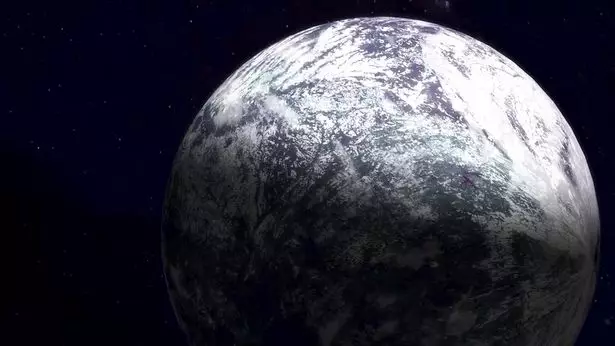
Talk about getting your money's worth - NASA's $337 million telescope has only been orbiting in space for five months and already spotted two previously undiscovered planets.

The 'super-Earth' and 'hot Earth' planets were spotted in solar systems at least 49 light-years away.
Advert
It was confirmed this week that NASA's Transiting Exoplanet Survey Satellite, or 'TESS' - a planet-hunting orbital telescope - had made the incredible discovery.
The amazing find marks the first discovery on a two-year mission, following its launch in April from Cape Canaveral, Florida.

As part of astronomers' bid to expand the known catalog of exoplanets - worlds circling distant stars - TESS is designed to detect worlds beyond our solar system.
Advert
The 'super-Earth' and 'hot Earth' are too hot to support life, but the TESS Deputy Science Director, Sara Seager, says she expects more similar discoveries.
She told Reuters: "We will have to wait and see what else TESS discovers.
"We do know that planets are out there, littering the night sky, just waiting to be found."
TESS is designed to build on the work of its predecessor, the Kepler space telescope. The Kepler discovered the majority of the 3,700 exoplanets documented over the past 20 years, but is running out of fuel.
NASA hopes to discover thousands more previously unknown planets - perhaps hundreds of them Earth-sized or 'super-Earth' sized, which are no larger than twice as big as our third rock from the sun.
Advert
Planets that fit into this category are ones most likely to feature oceans or rocky surfaces which are considered best for life to evolve.
Scientists have said they hope TESS will ultimately help catalog at least 100 more rocky exoplanets for further study, which has become one of astronomy's newest fields of exploration.
MIT researchers on announced, earlier this week, the discovery of Pi Mensae c, a 'super-Earth' planet 60 light-years away that orbits its sun every 6.3 days.
The day after they announced the discovery of LHS 3844 b, a 'hot-earth' planet 49 light-years away that orbits its sun every 11 hours.

Martin Spill, NASA's program scientist for TESS, is reported to have said in a phone interview that Pi Mensae c could have a solid surface or be a water world, as the composition of such planets is an assortment.
Advert
Though the two newest planets still need to be reviewed by other researchers, officials have said they offer the chance for follow-up study.
Spill said: "That, of course, is TESS' entire purpose - to find those planets around those brightest nearby stars to do this really detailed characterisation."
With four special cameras, TESS uses a detection method called transit photometry, which looks for periodic dips in the visible light of stars caused by planets passing, or transiting, in front of them.
Featured Image Credit: NASA
Topics: Science and Technology, US News, Nasa, space